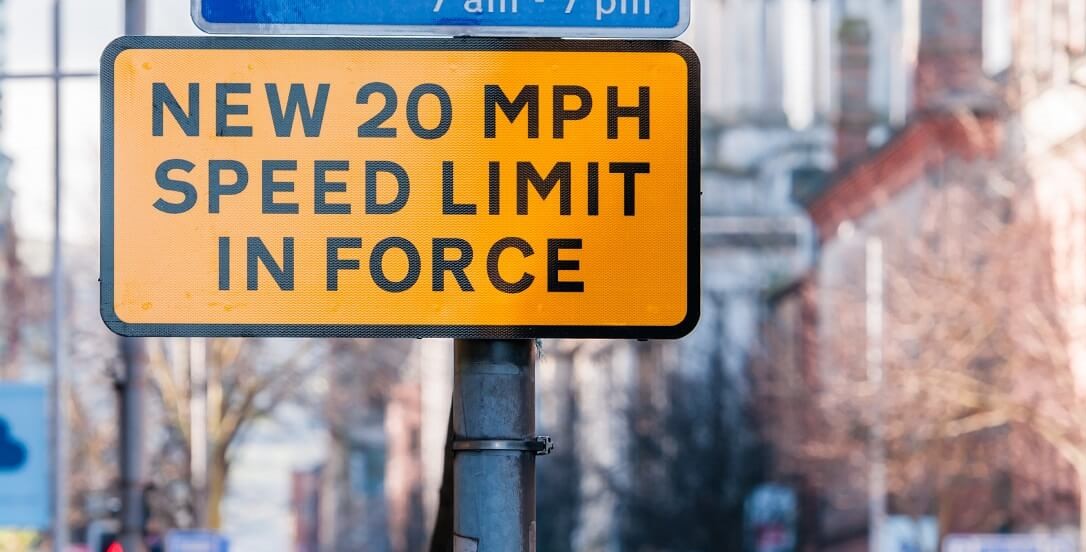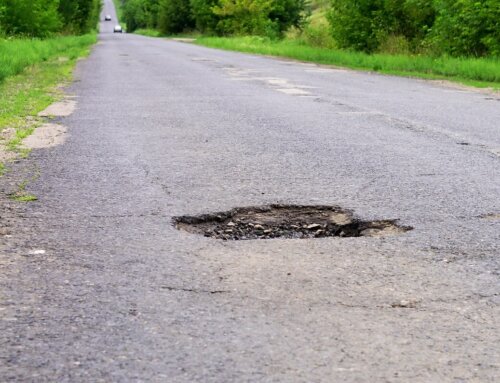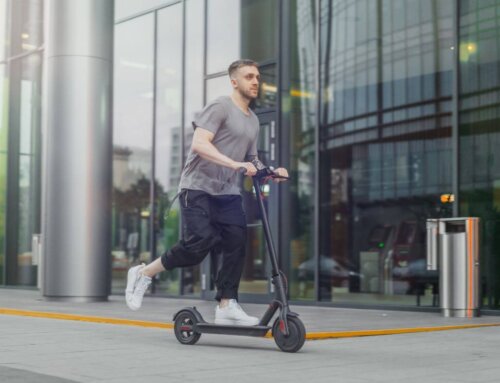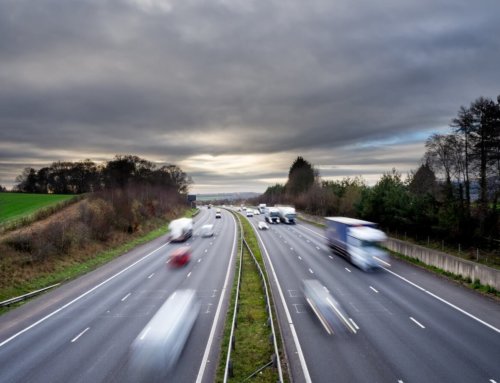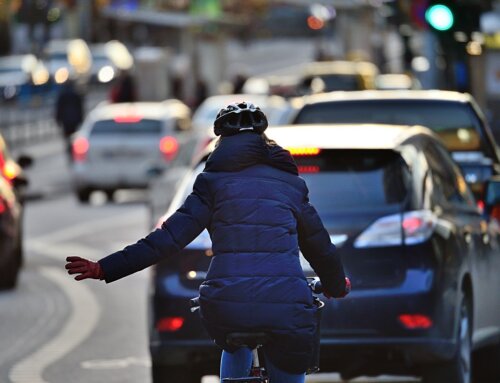A recent article on the RAC’s website reported that the Welsh government wants to cut the speed limit on all residential roads in Wales from 30mph to 20 mph. This, the government says, is intended as a positive move towards providing “significant’” health benefits for the country.
At first blush, the proposal is an uncontroversial and even admirable one. As experienced personal injury solicitors, here at Mooneerams, we are only too aware that one of the major contributory factors to road traffic accidents occurring, is excessive speed. (The others include, amongst other things, drink driving, the use of mobiles and lack of sleep on the part of motorists.)
Indeed as the 9th report of the Commons Select Committee on Transport, starkly outlined ;
- Hit by a car at 40 mph, nine out of ten pedestrians will be killed.
- Hit by a car at 30 mph, about half of pedestrians will be killed.
- Hit by a car at 20 mph, nine out of ten pedestrians will survive.”
Vulnerable road users
Pedestrians and cyclists are the two most vulnerable groups of road users. Cyclists carry very little protection, save for helmets, which are not compulsory wear. Some cyclists wear knee and elbow padding. Pedestrians carry even less protection.
Collisions involving motor vehicles or motorcyclists, on the one hand, and cyclists and pedestrians on the other, invariably result in serious injuries to the latter two groups of road user. At Mooneerams, we are frequently asked to pursue cycling accident claims and pedestrian accident claims on behalf of non-fault victims of accidents which have been caused by car, van or lorry drivers. In a large number of cases, these end up being serious injury claims.
The latest Department of Transport statistics on reported road casualties, published in September 2018, revealed that in 2017, the numbers of pedestrian fatalities as a result of road traffic accidents, increased by 5%. Whilst the percentage increase is relatively small, the trend is worrying, considering that most other road user fatality percentages showed a drop-in percentage. (The only other increase was in relation to motorcyclist fatalities, who are the next most vulnerable group after pedestrians and cyclists.)
On the face of it, any moves towards making areas adopt a 20mph speed limit must be welcomed, if in doing so the roads become safer for everyone?.
What are the other perceived benefits of making more urban areas into 20 mph zones?
- It encourages more physical activity, such as walking and cycling, as a result of the areas where the reduced speed limits are in place, becoming safer environments.
- Air pollution in these areas is reduced
- The character of the area improves
- The local residents’ quality of life is enhanced
Cardiff leading the way in rolling out 20mph zones
Cardiff has been one of the cities leading the way in rolling out zones where the speed limits have been reduced, in residential areas.
In March 2014, Cardiff Council introduced 20mph speed limits in the districts of Cathays and Plasnewydd. Prior to implementing the reduced limits, the Council entered into consultation with the residents of the areas and found that two-thirds of them believed they would feel safer if a 20mph limit was introduced. As many as 80%, were positively disposed to a lower speed limit.
The proposed scheme was not without its critics even at that time. In particular, some residents felt that because the council had signalled its’ intent NOT to enforce the new reduced speed limits by the use of speed cameras or traffic calming measures, drivers would simply ignore them.
Fast forward a year to 2015, and those concerns appeared to have been justified. Almost a year to the day after the new scheme was introduced into the two districts, WalesOnline carried a report revealing that because of residents concerns that drivers were ignoring the new speed limits, South Wales Police had carried out an operation to target speeding motorists in Cathays, Planewydd and Gabalfa (which had also adopted the 20mph limits).
In one day, at just two locations, police speed guns clocked over 300 motorists exceeding the reduced speed limits.
Are 20mph zones working in other areas of the country?
In 2016, Bath and North East Somerset Council spent over £870,000 rolling out 20 mph limits across 13 zones. Only 12 months later, Council chiefs had to admit that the areas had experienced a rise in the number of deaths and serious injuries amongst pedestrians and cyclists in particular, in the districts where the reduced limits were in force. However, the Council had refused to reverse the schemes because the cost of doing so was too expensive!
In March 2017, the local newspaper The Manchester Evening News reported that Manchester Council had decided to freeze the rolling out of their own reduced speed limit schemes. this came as a result of studies, which indicated that Manchester’s 20mph zones had made little or no difference to the speeds at which motorists were driving through the designated areas. Nor had it made any appreciable difference to the numbers of road traffic accidents that were being reported to the authorities.
Department for Transport Report on the effectiveness of 20mph Limits
In November 2018, the Department for Transport (DfT) published the results of a self-commissioned report on whether the roll-out of 20mph zones across the country, had proved to be effective in reducing the numbers of road traffic accidents.
In a nutshell, the report indicated that those aims were not being met and that in fact the reduced speed limit zones had had little impact. It found that motorists’ speed had reduced by just 0.7 mph in 20 mph zones.
This lack of effectiveness is acknowledged by the report’s authors to be partly due to the 20mph speed limit not being enforced effectively. The report went on to say that traffic calming measures, such as speed humps and chicanes, would have a positive effect in reducing motorists speed. However, motorists and motorcycles had voiced concerns that their vehicles were in danger of being damaged by road humps. There was also a feeling amongst motorists that physical measures in the road aimed at reducing speed limits, such as chicanes, tended to encourage erratic or unpredictable driving behaviour. Added concerns included worries about road humps becoming slippery in wet weather and that they were perceived to increase noise levels and air pollution (when drivers ride over them).
What is the view of the Welsh government about 20mph zones?
Despite the findings of the DfT report, the Welsh Government has indicated its intention to roll out 20mph zones across all residential areas in Wales. First Minister Mark Drakeford is quoted as saying that ‘there is plenty of evidence to support the move, providing significant public health benefits for the country.’
Conclusions
Any sensible measures that have among their aims, the reduction of fatalities and serious injuries to road users, of which cyclists and pedestrians are the most vulnerable, must be applauded. Nevertheless, any such measures need ultimately to be proven to be effective. Otherwise, they are simply a waste of, not inconsiderable amounts of, public money.
The DfT report referred to in this article and other more locally centred reports, have concluded that simply reducing the speed limit to 20mph, in what were previously 30mph areas, has had little effect on achieving any of the aims of rolling them out in the first place. It is a common theme, that this is in no small part, due to the fact that the new speed limits are not being enforced. Opposing arguments are, that enforcing the limits would be counterproductive – that the whole idea is to alter the attitudes of motorists, presumably with the follow-up contention being that, given time, this will happen. Certainly, that appears to be the view of the Welsh government, given its intention to introduce 20mph zones in all residential areas across the nation.
It is likely that public opinion in Wales and across the whole of the UK, is likely to continue to be divided on this issue. Perhaps the Welsh government has the right idea – roll out 20 mph zones across the whole country and give them time to work. After all people’s attitudes on anything cannot be changed overnight, whether that be on altering the way they drive or indeed on anything else!
To its credit, the Government is at least showing its’ intention to address the problem of high levels of road traffic accident casualties, whilst at the same time attempting to improve the environment in terms of reduced pollution levels and making residents, pedestrians and cyclists, in particular, feel safer in their local neighbourhoods. If we are talking about changing drivers mindsets, it is likely to be quite a number of years before anyone can say, with any degree of certainty whether or not the national scheme has been a success.

